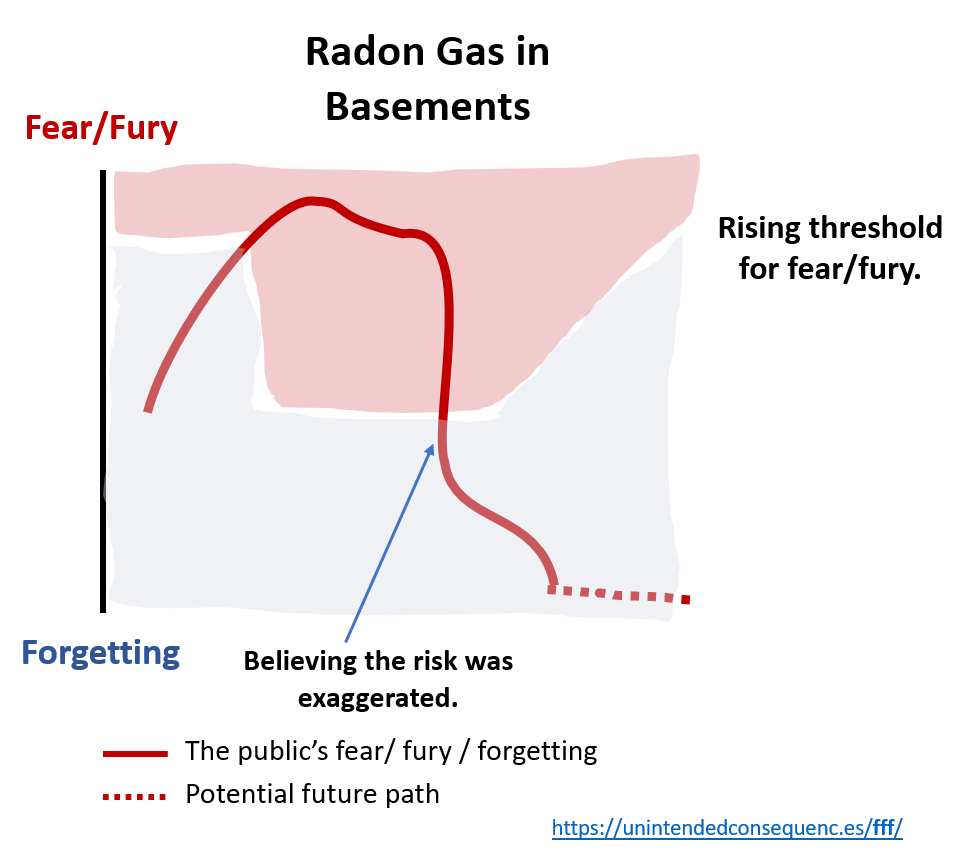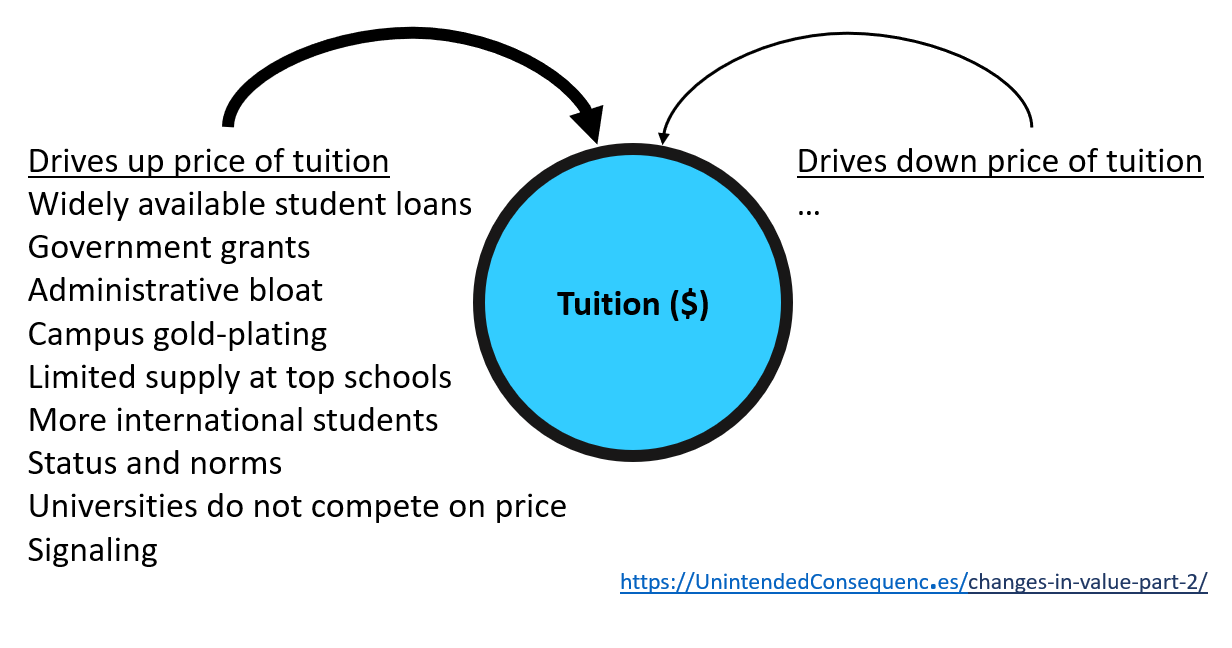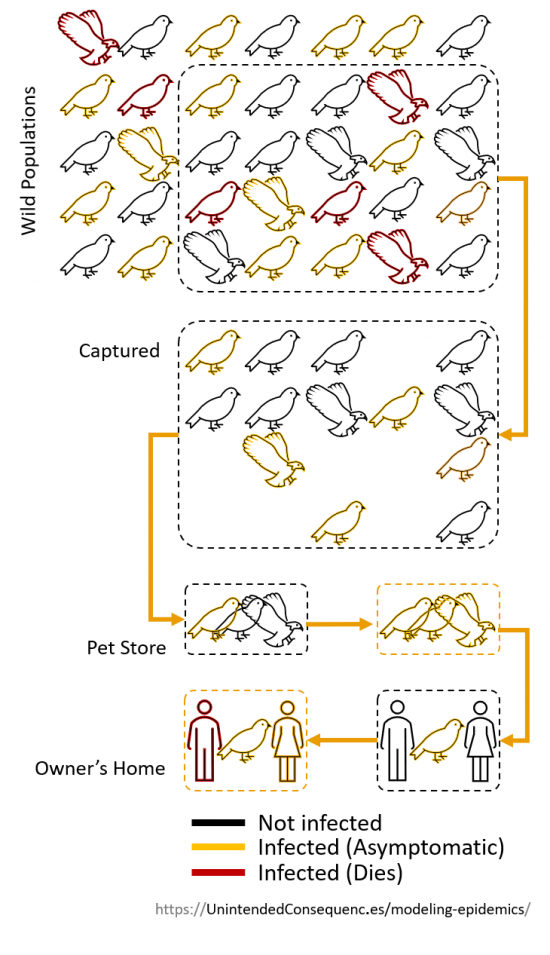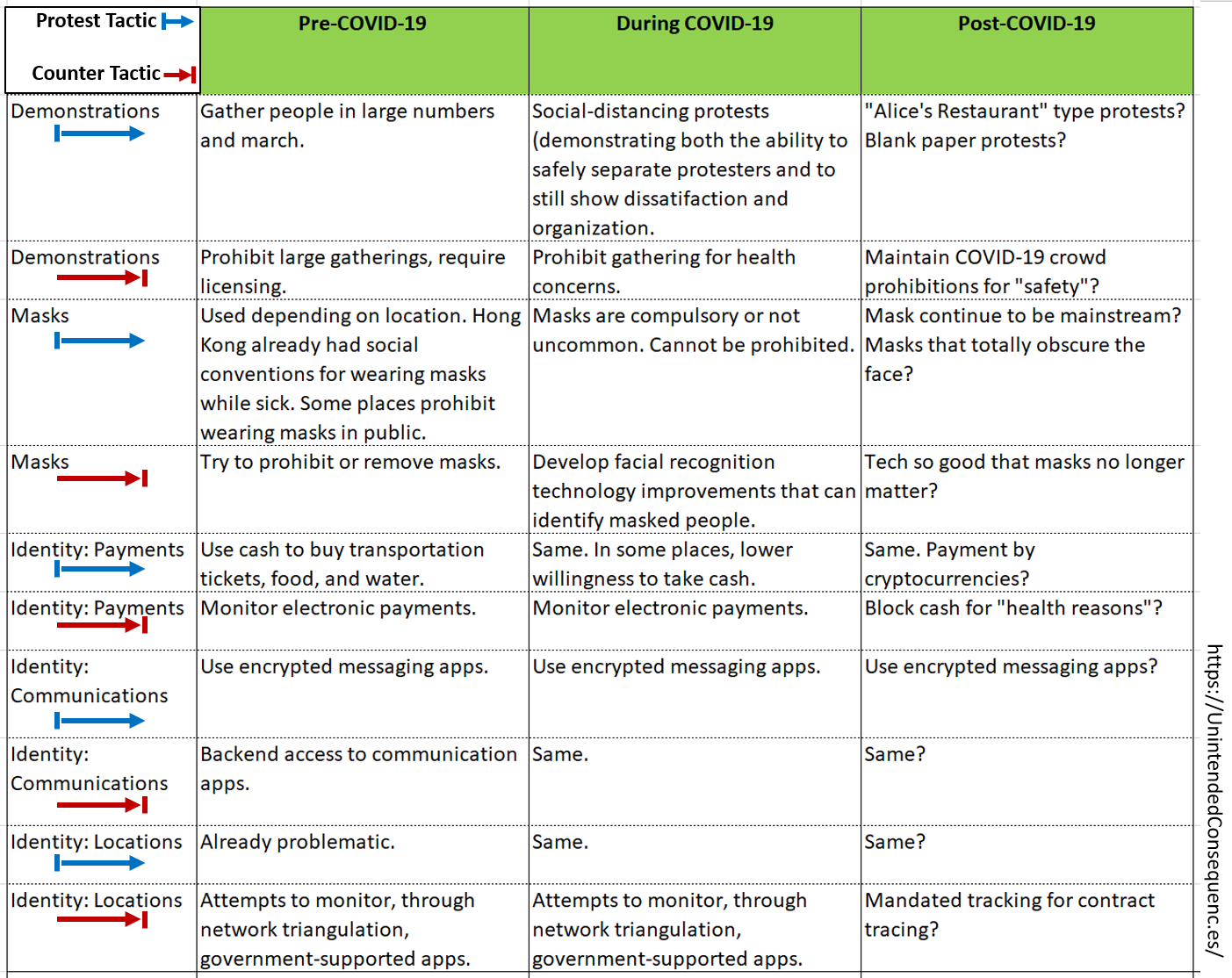Years ago, when I was in college, I spent a couple hours a day reading the New York times in print. I would go to my favorite library, get one of the two copies of that day’s paper, and probably go through half of it. I then read three or four other papers too. The feel and even the smell of the newsprint was something I looked forward to. I started my days that way. When I couldn’t start my days that way, I missed it.
One of my goals at the time was to do something in journalism. I wrote for a handful of college publications. But journalism ended up not being for me, and I have no regrets about that today. In the meantime I still looked forward to reading the paper.
But more often I ended up reading less news in focused hour-long chunks in the morning and more news in quick scattered clips throughout the day, often delivered via social media. This change gave me awareness of new developments but also distracted me incredibly from longer-term projects. You’ve probably gone through that change too.

Continue reading “Loop In, Loop Out (Business Models and Media)”



